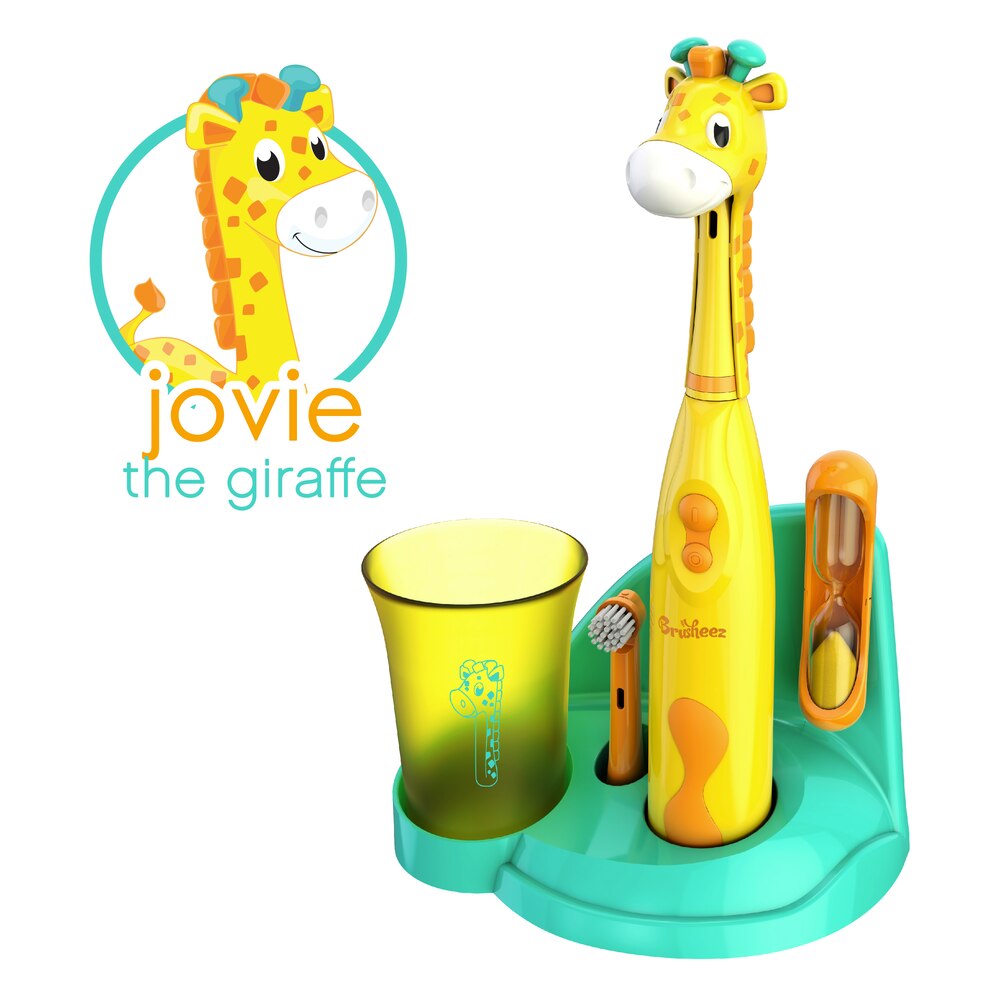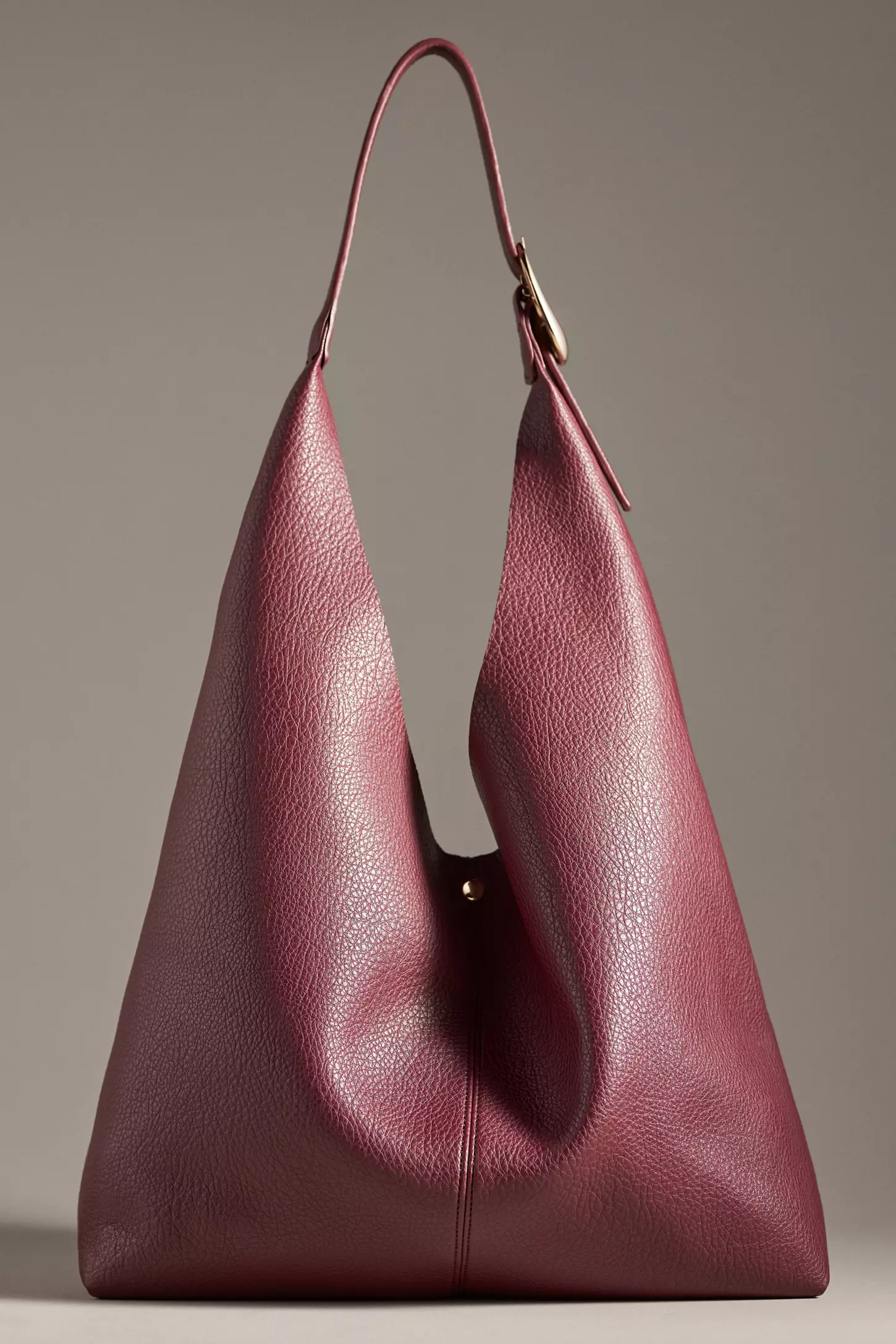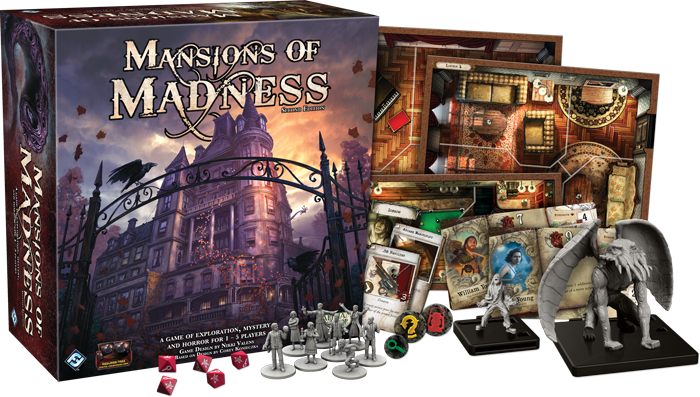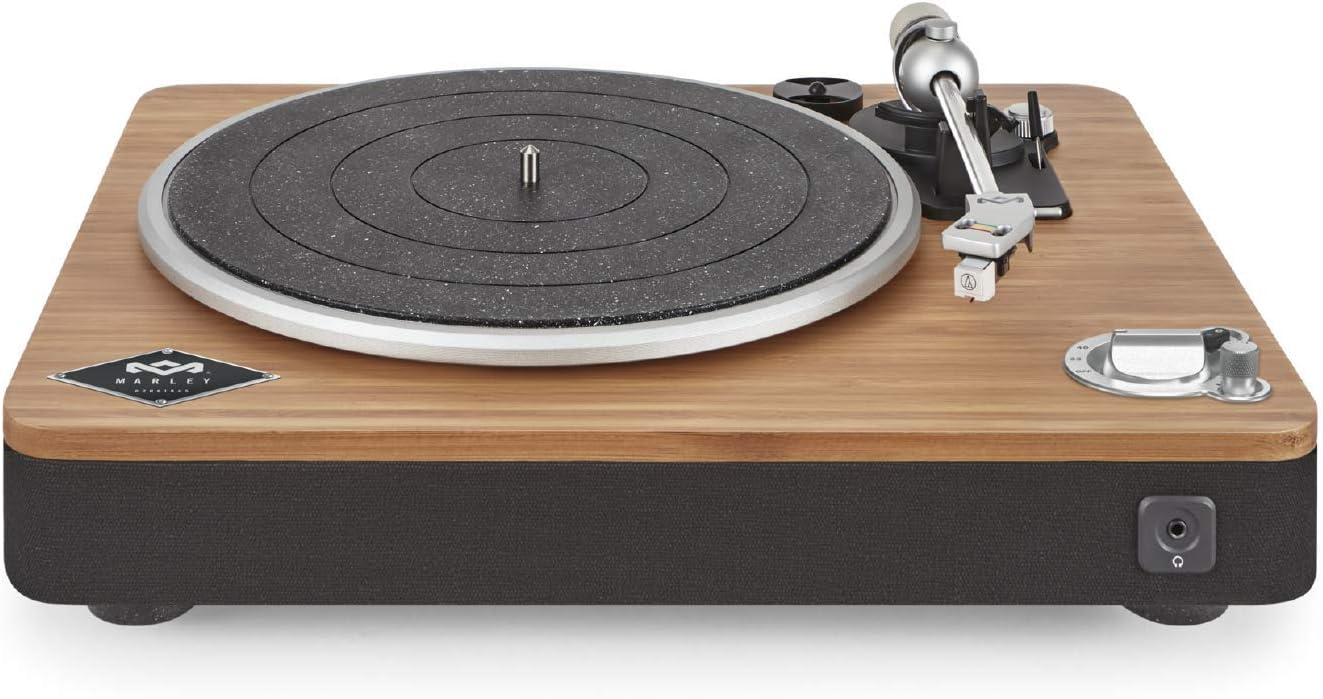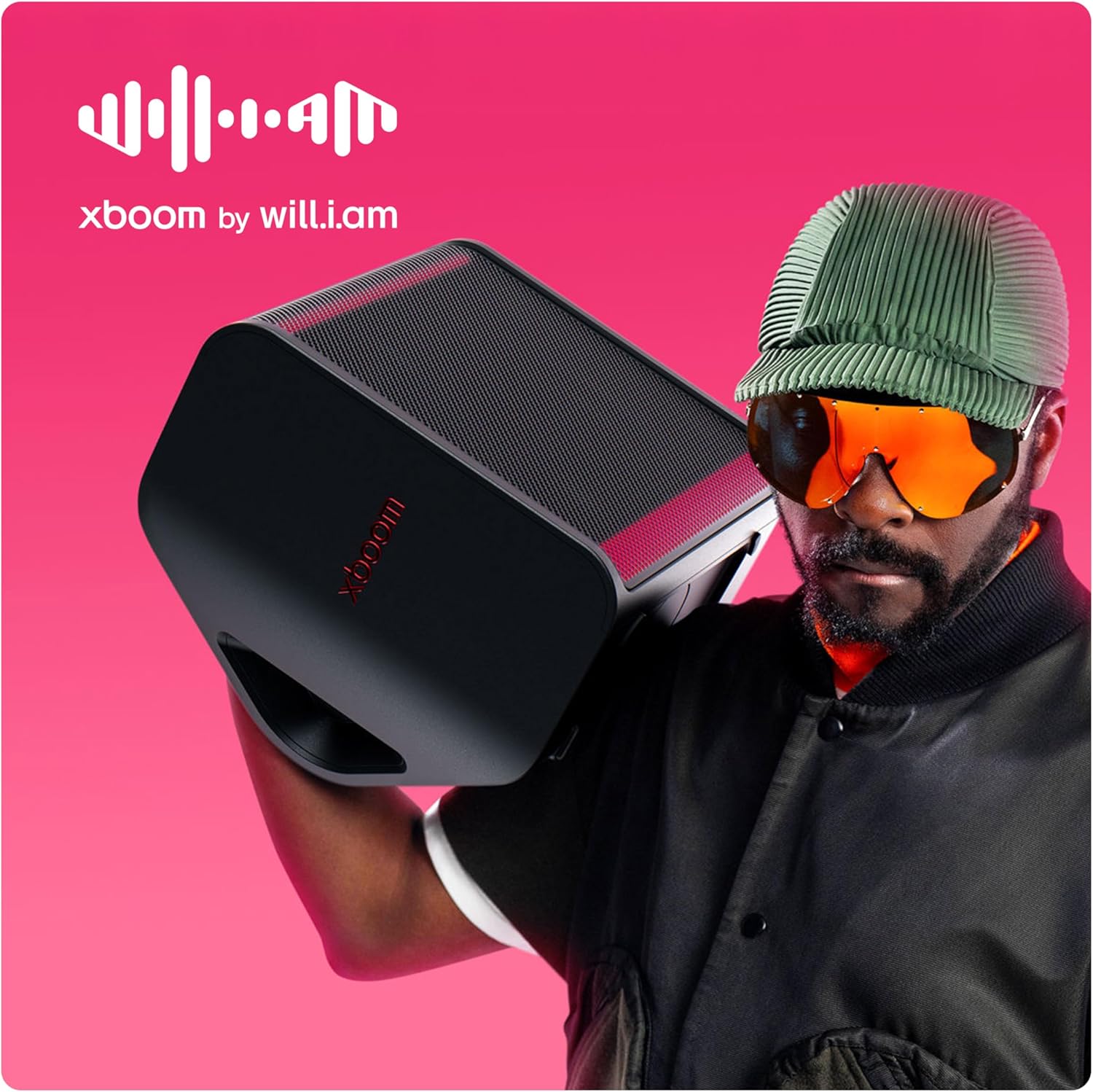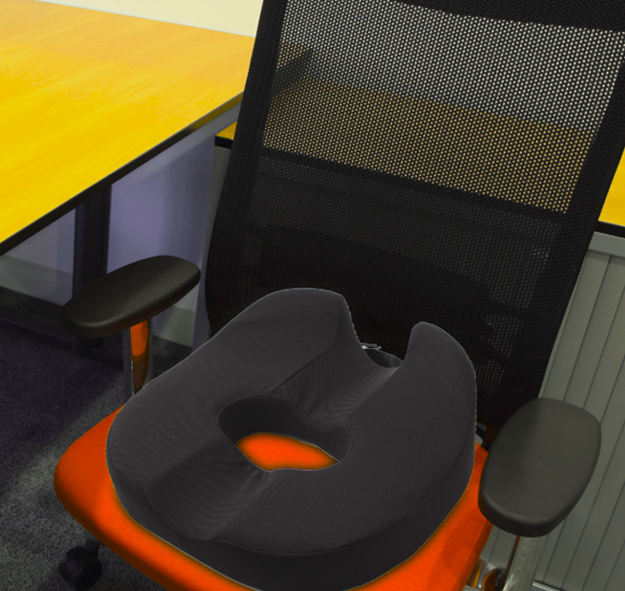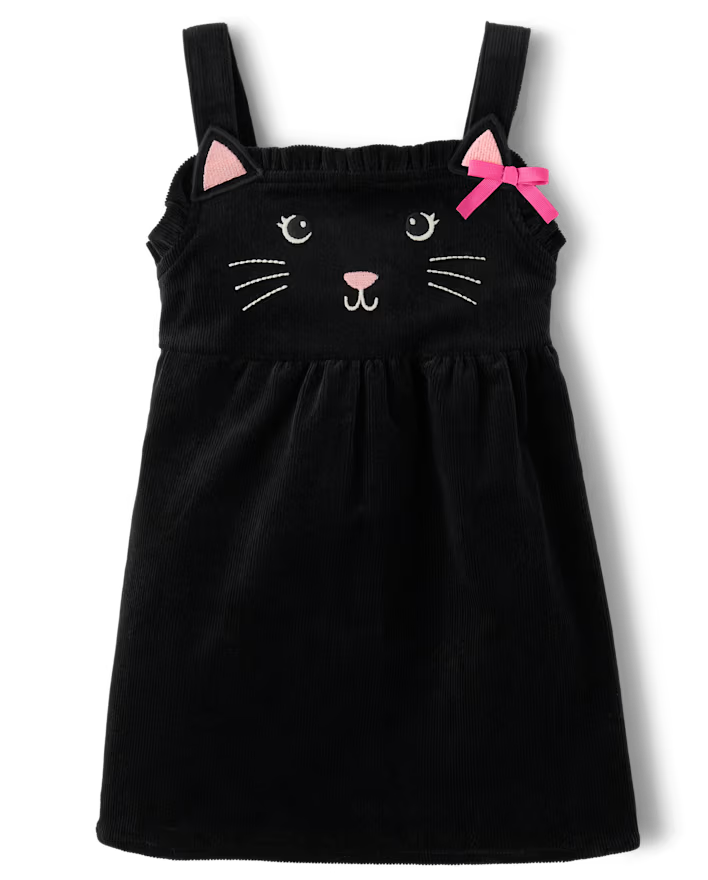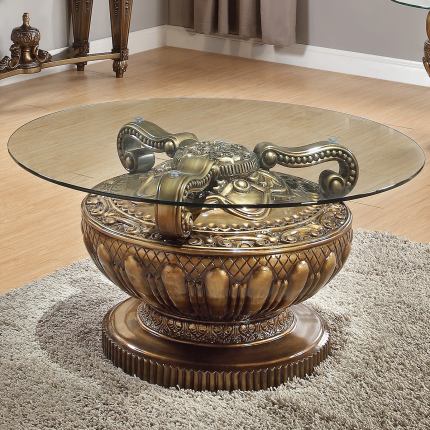The difference between “ugh, brush your teeth” and “woo, brush party!” is smaller than you think. When brushing feels playful, predictable, and easy to do on sleepy mornings or wriggly evenings, kids say yes more often—and brush better, longer. The Brusheez Kids Electric Toothbrush Set is designed with that reality in mind: bright characters that feel like buddies, a tidy station that makes starting simple, and gentle cues that help little hands learn great habits.
In this article, we’ll build a friction-free routine around the Brusheez Kids Electric Toothbrush Set: what to do morning and night, how to coach by age, ways to turn two minutes into a tiny adventure, and how to adapt for sensory sensitivities, travel days, and sibling dynamics. We’ll keep it practical, kind, and repeatable—so your bathroom routine runs on smiles, not negotiations.
Shop Brusheez Kids Electric Toothbrush Set
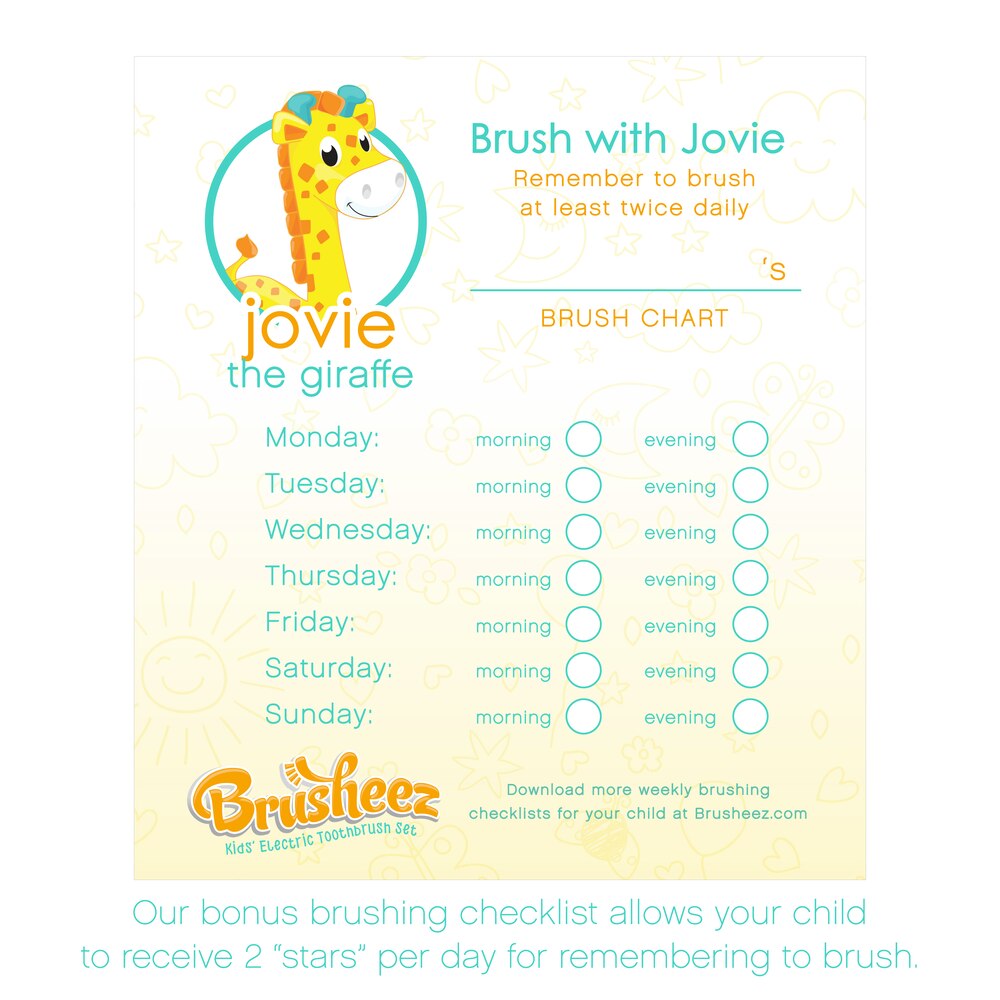
Why Brusheez Works for Real Families
- It lowers the start-up friction. A cheerful stand and a designated spot mean the brush is always visible, charged/ready, and easy to grab. Kids love rituals they can see.
- It makes time tangible. Visual cues help two minutes feel like an activity, not a lecture. Kids don’t count seconds—they track stories.
- It builds independence. A kid-friendly handle and simple workflow let little brushers try, practice, and own the routine while you supervise.
The Two-Minute Framework (Simple, Not Strict)
Think of two minutes as four short “chapters.” Breaking it up keeps kids engaged and distributes attention across the whole mouth.
- Top outside (smiles and photos).
- Top inside (the “hidden” surfaces).
- Bottom outside (front-row shine).
- Bottom inside (where food likes to hide).
Finish with a gentle sweep along chewing surfaces and a quick tongue brush (if your child tolerates it). Keep the brush angled toward the gumline and use small, steady movements. You don’t need pressure—let the brush do the work.
Morning vs. Night: Same Steps, Different Story
- Morning = “Wake & Shine.” Freshen up, quick two minutes, then a big “ahh” to check sparkling teeth in the mirror. Link it to breakfast cleanup: table wiped, teeth bright, day on.
- Night = “Reset & Rest.” After bath and pajamas, lights a bit lower, slower voices. Two minutes become part of the wind-down sequence that tells the body, “We’re done for today.”
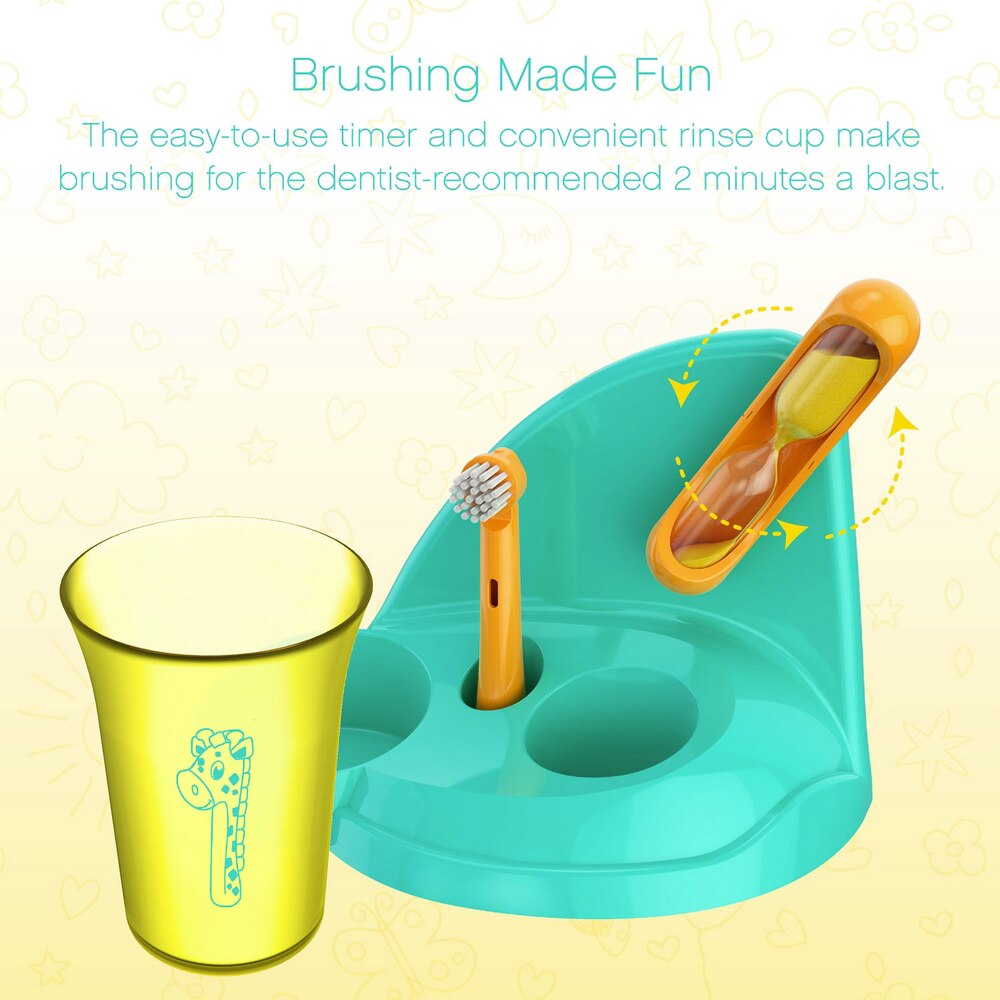
Coaching by Age (Scripts That Actually Work)
Toddlers (2–3):
- Language: “Tickle the teeth! Top row gets giggles, bottom row gets bubbles.”
- Positioning: You stand behind, child looks at the mirror. Guide their hand for a few seconds, then let them try while you finish the tricky bits.
Preschool (4–5):
- Language: “Four little stories: top smile, top secret, bottom smile, bottom secret.”
- Skill: Introduce the quadrant flow, keep it playful, and add a quick check with a flashlight or mirror at the end—kids love “inspections.”
Early school (6–8):
- Language: “Aim at the gumline; small circles win championships.”
- Skill: Encourage consistency, not speed. Ask, “Which part was your best work tonight?” Their answer builds pride.
Big kids (9+):
- Language: “Power of habits: 2 × 2 = strong teeth for life.”
- Skill: Hand them responsibility—set the timer, clean the brush, tidy the station. Independence is the reward.
Shop Brusheez Kids Electric Toothbrush Set
Make It a Game (Because Play = Repetition)
- Brush Party Playlist: Two favorite ninety-second songs back-to-back. When the music stops, so does the brush—no nagging necessary.
- Character Role-Play: Let the Brusheez character “teach” the brushing steps. Kids listen to plush friends and colorful mascots more than to parents (no offense!).
- Treasure Map: Tape a tiny “map” by the mirror with four icons (cloud, star, leaf, wave). Each icon = one chapter of brushing. Trace them with a finger as you go.
- Sticker Streaks: Seven nights = a weekend reward (think: choose the family movie, not sugary treats). Rewards tied to choice build agency, not cravings.
Pro tip: Keep praise specific: “You aimed at the gumline really well,” beats “Good job.” Kids repeat what gets noticed.
Shop Brusheez Kids Electric Toothbrush Set »
Sensory-Friendly Strategies
- Sound control: If vibration or buzzing feels “too much,” let kids practice with the brush off, then on for the last minute. Gradual exposure builds comfort.
- Mouth map rehearsal: Practice the four “chapters” with a dry brush during the day. Brushing is easier when the sequence feels familiar.
- Pressure check: Remind kids to “paint, not scrub.” Gentle, steady contact wins—too much pressure can feel overwhelming and doesn’t clean better.
- Temperature cues: Rinse with lukewarm water if cold shocks are a barrier.
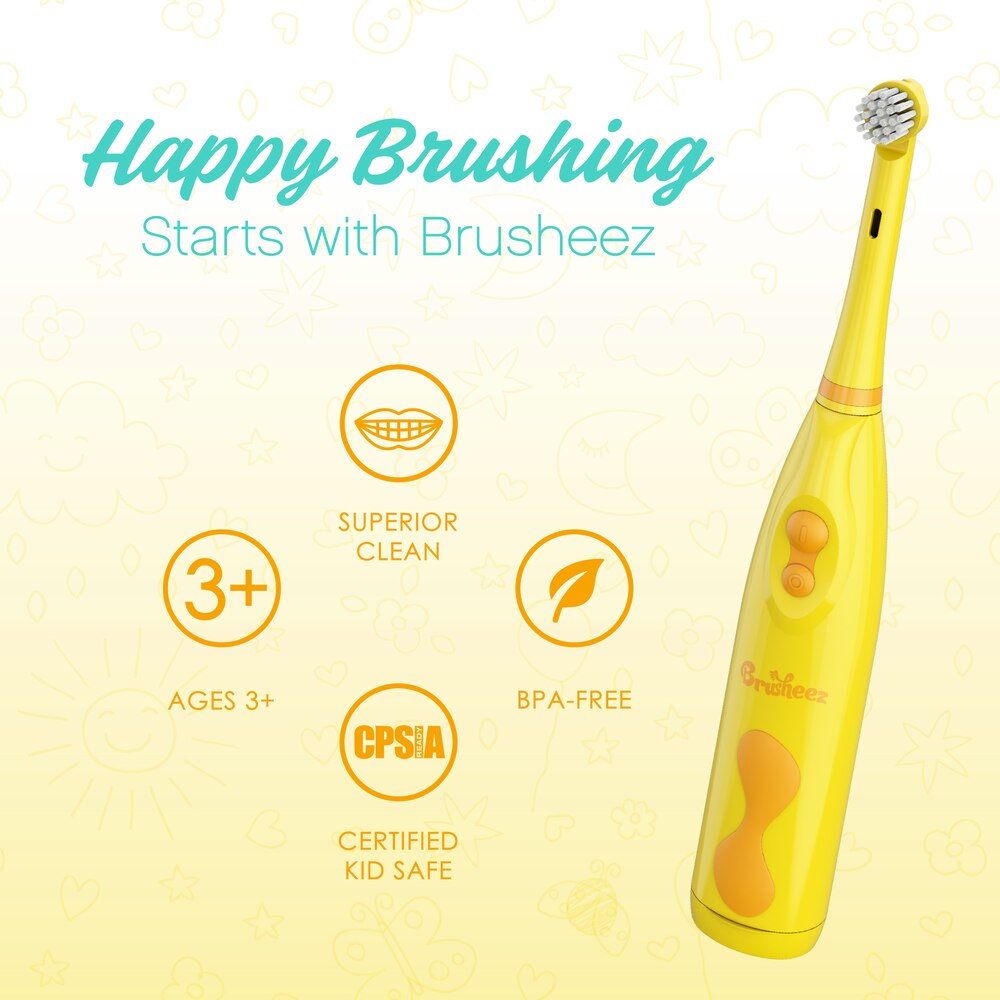
Sibling Dynamics (Turn Competition into Teamwork)
- Two stations, one ritual. If possible, give each child their own brush head color and cup. Shared playlist, separate tools = fewer debates.
- Captain of the Night. Rotate who presses the start/stop, who leads the “stories,” or who places the stickers. Leadership roles are tiny, but they matter.
Travel-Ready (Car, Sleepovers, Holidays)
- Pack light: Brush, small paste, and a zip pouch. The routine is the same in hotels and grandma’s house—familiar steps trump unfamiliar sinks.
- Time swaps: If bedtime shifts for travel, keep the brushing ritual intact—bath or no bath, lights low, two minutes, praise, done.
- In the car: If you arrive home late, do a quick rinse + brush before kids fall asleep in the backseat. Future you will cheer.
Shop Brusheez Kids Electric Toothbrush Set
Troubleshooting Common Hurdles
- “It tickles!” Start with front teeth only, brush off, then on for five seconds. Add five more seconds each night until tolerance grows.
- Gag reflex: Skip the tongue for a while. Focus on teeth and gums; return to tongue brushing later with a super-quick tap-tap.
- Rushing: Use the playlist trick or a visual timer. If they stop early, finish the “last chapter” together—no scolding, just teamwork.
- Resistance nights: Offer choices you can honor: “Blue paste or mint? Start with top or bottom?” Choice beats stalemate.
Care & Upkeep (Teach Stewardship)
- Rinse and air-dry: After brushing, rinse the head and let it breathe. Wipe the handle so the station stays tidy.
- Regular head refresh: Swap brush heads on a steady cadence (think seasons or after a few colds). Make it a “new brush head day” celebration.
- Station reset: Once a week, kids help clean cups/stand. Owning the setup keeps them invested in the routine.
Parent Mindset: Calm, Clear, Consistent
You set the tone. Short instructions, playful structure, and consistent cues work better than long explanations. The more predictable the ritual, the less room there is for bargaining—and the more energy you save for bedtime stories.

Conclusion
Great brushing isn’t about perfection; it’s about rhythm—two minutes, twice a day, without drama. The Brusheez Kids Electric Toothbrush Set turns “have to” into “get to” by making time visible, steps simple, and the sink a friendlier place to be. Build your four-chapter flow, layer in playful cues, and keep the routine identical wherever you are. With a little structure and a lot of cheer, small habits stack into healthy smiles—and calmer evenings for everyone.
Shop Brusheez Kids Electric Toothbrush Set
FAQ
- How do I start if my child resists electric brushing?
Begin with the brush off for a few nights, then on for short bursts. Pair with a favorite song and end on a high note before they tire. - What’s the simplest way to teach “aim at the gumline”?
Say, “Hug the teeth where they meet the pink.” Small circles along that edge clean best—no extra pressure needed. - How can I tell if we’re brushing long enough?
Use a two-minute song or visual timer. Breaking time into four “chapters” helps kids pace themselves without counting. - Tongue brushing: yes or no?
Yes if tolerated, but it’s optional while building comfort. Introduce with a quick tap-tap and stop if it triggers a gag reflex. - Any tips for kids who chew the brush?
Remind them the brush is a “paintbrush, not a snack.” Let them practice with the brush off, then back on once the chewing impulse passes. - Can siblings share a set?
Yes—use individual brush heads and cups. Rotate who starts the timer to keep the peace. - What about nights away from home?
Keep the steps the same: two minutes, four chapters, praise. Familiar ritual beats unfamiliar bathroom. - How do I help a distracted brusher finish strong?
Narrate a mini-story (“Pirates polishing treasure!”) or call out the chapter (“Bottom inside: secret side!”). Specific prompts refocus attention. - How often should we replace brush heads?
Regularly—especially after illness or when bristles look splayed. Make it a small celebration so kids look forward to the refresh. - What’s the best praise to build lasting habits?
Be specific (“You covered the hidden sides so well”) and connect effort to outcome (“That’s how teeth stay strong”). Kids repeat what gets recognized.

